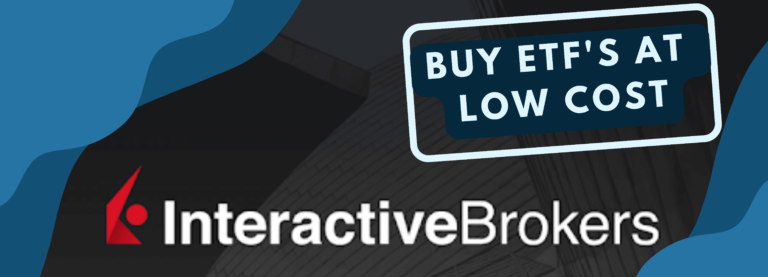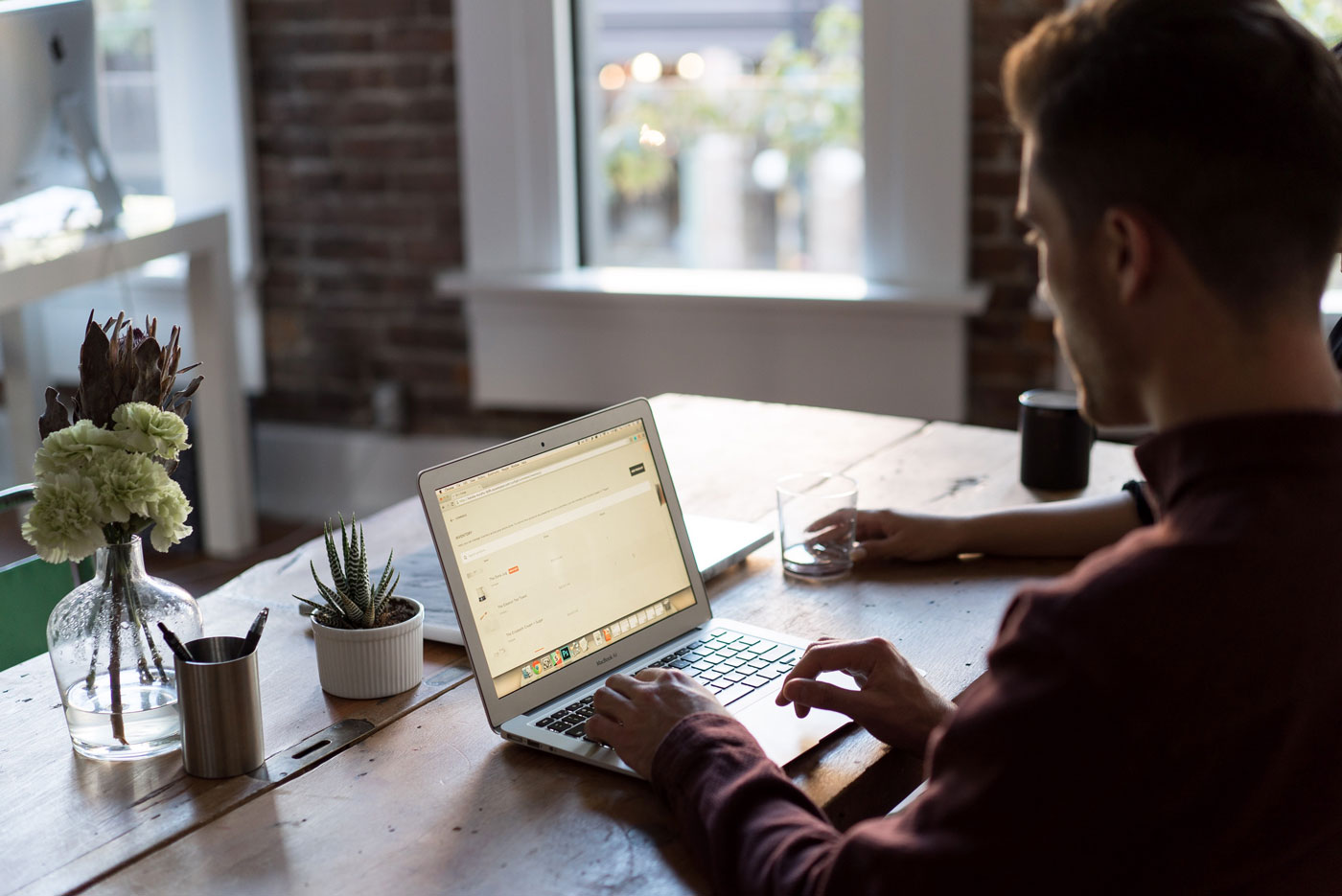Dividends: the Basics and Assessing the Risk
A dividend is a payment made by a company to its shareholders, typically on a quarterly basis. It is a distribution of a portion of the company’s profits to shareholders. It can be paid in cash or in the form of additional shares of stock.
There are two main types of dividends: regular dividends and special dividends. Regular dividends are paid out on a regular basis, such as quarterly or annually, and are usually a fixed amount. Special dividends, on the other hand, are paid out sporadically and are usually a one-time event.
To understand dividends, it’s important to know that a company’s board of directors has the authority to decide whether to pay out dividends and how much to pay out. The payments are typically based on the company’s profits and the board’s assessment of the company’s financial health and prospects.
Dividend Types and Characteristics:
• Regular Dividends Paid out on a regular basis (e.g. quarterly or annually)
• Special Dividends Paid out sporadically and is usually a one-time event
Pros of Dividends
• They provide a steady stream of income for shareholders
• They signal that the company is financially healthy and profitable
• They can be a good indicator of a company’s stability and growth prospects
Cons of Dividends
• They can signal that a company is not reinvesting its profits into growth opportunities
• They can decrease the value of the stock if the company is struggling financially
• They can increase the risk of a company not being able to pay its bills if dividends are paid out at the expense of company’s financial stability
In terms of risk, dividends can be a double-edged sword. On one hand, they can signal that a company is financially stable and profitable, which can be a positive indication of future growth. On the other hand, if a company is paying out dividends at the expense of its financial stability, it can increase the risk of the company not being able to pay its bills.
In conclusion, dividends can be a useful tool for understanding a company’s financial health and future prospects. It’s important to consider both the pros and cons of dividends, as well as the company’s overall financial stability, when assessing the risk associated with a particular stock.







